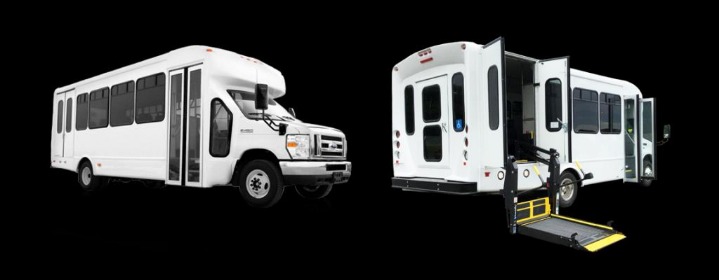In the contemporary world of healthcare, Non-Emergency Medical Transportation (NEMT) and Non-Emergency Transportation (NET) have emerged as pivotal components, ensuring medical appointments and treatments are accessible to all. These services are tailored to offer customized solutions to cater to a wide variety of patient needs.
Understanding Non-Emergency Medical Transportation (NEMT)
NEMT services provide transportation options specifically designed for patients who do not have urgent or critical medical conditions but still require reliable transport to healthcare facilities. Key benefits include:
- Accessibility: Ensuring patients without personal vehicles can access necessary medical services.
- Cost-Efficiency: Reducing the financial burden on patients and healthcare systems.
- Patient Care: Facilitating timely medical appointments which contribute to overall better health outcomes.
Read more about transit here.
Impact of NEMT on Healthcare Outcomes
Reliable NEMT services can significantly enhance healthcare outcomes by:
- Reducing missed appointments and improving patient adherence to treatment plans.
- Minimizing the risk of health complications due to delayed or missed medical care.
- Supporting chronic disease management through consistent access to medical treatments.
Customized Solutions in Non-Emergency Transportation (NET)
Various customized solutions in NET ensure that specific patient groups receive appropriate transportation services. These solutions may include:
- Wheelchair-Accessible Vehicles: Catering to patients with mobility challenges.
- Specialized Driver Training: Ensuring drivers are equipped to handle medical emergencies en route.
- Flexible Scheduling: Accommodating varying schedules and reducing waiting times for patients.
Technology Integration in NET
Technology integration plays a crucial role in enhancing transit efficiency and patient satisfaction. Notable advancements include:
- Real-Time Tracking: Allowing patients and healthcare providers to monitor vehicle locations and estimated arrival times.
- Automated Scheduling: Streamlining booking processes for both patients and transit providers.
- Data Analytics: Improving service planning and efficiency through data-driven insights.
FAQs on Non-Emergency Medical and Non-Emergency Transportation
What is the difference between NEMT and NET?
NEMT focuses on providing transportation for medical purposes, ensuring patients reach their healthcare appointments. NET, on the other hand, might include a broader range of transportation services that don’t necessarily involve medical appointments.
Who can benefit from NEMT services?
NEMT services are beneficial for individuals without personal transportation, the elderly, those with disabilities, and patients requiring frequent medical visits.
How are NEMT services typically funded?
NEMT services can be funded through Medicaid, private insurance plans, or out-of-pocket payments by patients or their families.
Are drivers of NEMT vehicles medically trained?
While not all NEMT drivers are medically trained, many companies prioritize hiring drivers with first-aid training or paramedic backgrounds to ensure patient safety during transit.
The expansion and advancement of NEMT and NET services are crucial in bridging the gap between healthcare accessibility and patient care. By offering customized solutions tailored to the needs of diverse patient groups, these services continue to play a vital role in the broader health system.




